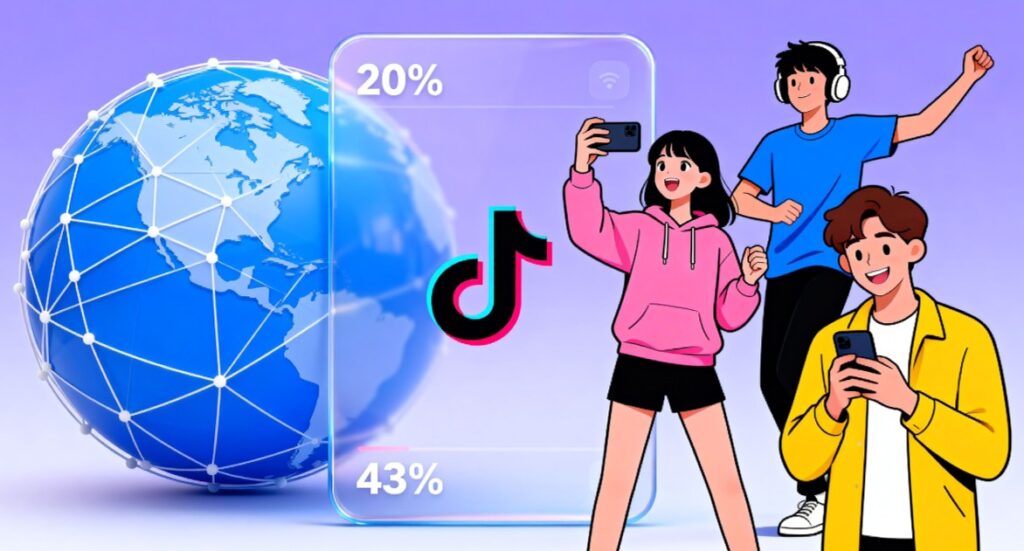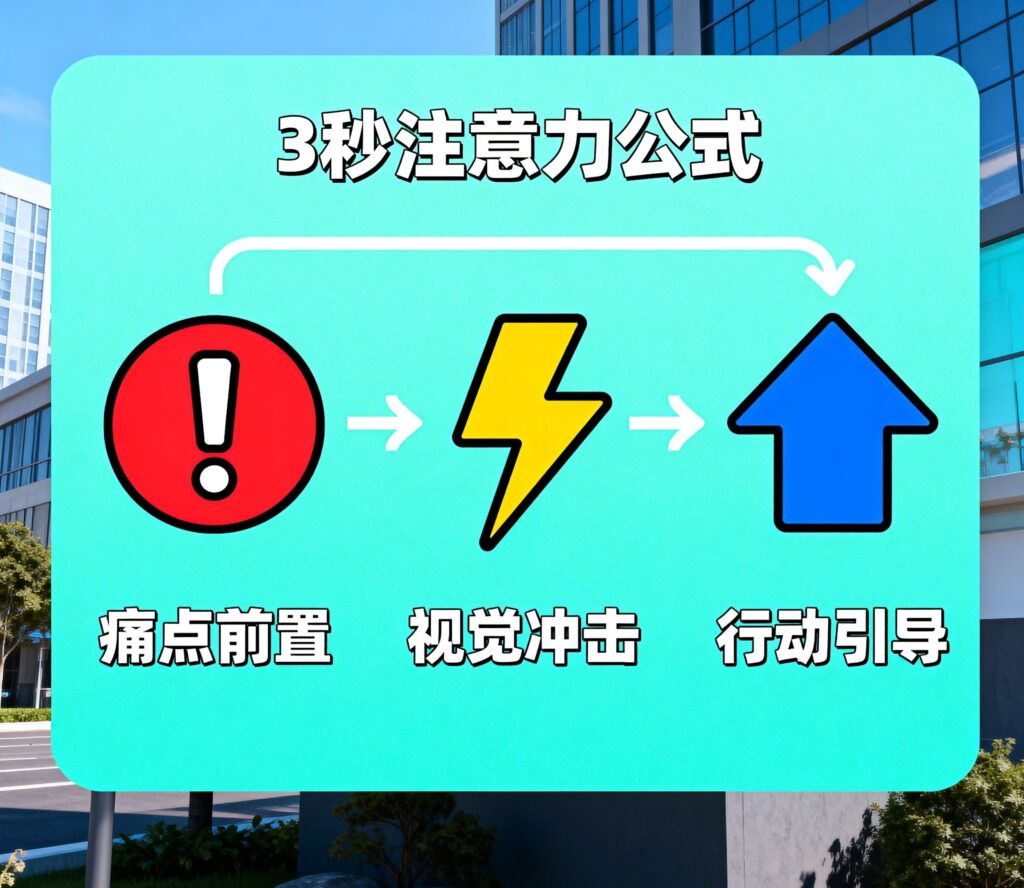As TikTok's global user base continues to grow, users aged 18–34 account for as much as 43% of the platform, with average daily usage exceeding 52 minutes. This emerging "wave of influence" has become a **key success factor** for small and medium-sized enterprises (SMEs) expanding overseas. However, language barriers, cultural differences, and operational costs still hinder many brands in their globalization efforts. This article provides an in-depth analysis of TikTok’s platform characteristics, combined with five practical case studies, offering replicable promotional strategies for cross-border e-commerce and international brand expansion—enabling you to capture Gen Z attention with minimal investment.
The greatest appeal of TikTok lies not only in its role as a content distribution channel but also as a vibrant hub for interest-based communities. Vertical hashtags such as #TechTok and #PlantParenthood have generated billions of views, enabling young users to connect, engage, and amplify word-of-mouth at scale. To effectively reach target audiences, the most critical step is to **precisely align with "community-specific culture."** Start by using AI to customize localized language models, addressing common pain points like inaccurate terminology and rigid tone. Then, tailor messaging based on regional youth preferences—emphasizing "technical specifications" for German audiences and highlighting "value for money" for Indonesian users. This approach revitalizes product descriptions and can increase overseas inquiries by up to 40%.

In terms of content format, the **3-second golden rule** must not be overlooked: the first second highlights the pain point, the second delivers visual impact, and the third calls for action. A clothing brand launched its sun-protective apparel with a "sun exposure comparison experiment," quickly cutting to close-ups of cooling fabric and outdoor camping scenes, then ending with a student-exclusive coupon prompting clicks. The video achieved a 38% completion rate—significantly above the platform average. By creatively incorporating contrasting elements—such as pets unboxing or ASMR-style disassembly—even "hardcore" products become relatable, greatly boosting shareability among young audiences.
Beyond content itself, **embedding engagement hooks in comments** is key to increasing recommendation weight. Using secondary accounts to comment prompts like “Which color do you prefer?” or “Want to see the next review?” can boost interaction rates from 5% to 18%, triggering TikTok’s algorithm and increasing organic traffic share to 62%. When paired with posting during peak local activity hours—8–11 PM in the U.S., 12–2 PM and 7–9 PM in Southeast Asia—each release precisely aligns with users’ behavioral rhythms.

Traffic should not be confined to a single platform. SMEs can use TikTok videos as entry points to drive traffic toward Instagram Stories polls and WhatsApp private community messaging, creating a closed loop of “acquisition–engagement–conversion.” Beauty brands implementing this model have reported private community repurchase rates as high as 35%, significantly reducing channel operation costs. Throughout this process, LnRu’s industry-specific AI translation models allow teams to focus on creative strategy rather than tedious multilingual publishing, enabling seamless cross-channel, multilingual coordination. This youth-driven traffic revolution led by TikTok offers SMEs an exceptional opportunity to leapfrog competitors. Only by deeply integrating localized content with niche cultures and adopting lean operations to reduce costs and enhance efficiency can brands truly capture Gen Z’s attention. Now, it’s time to activate your brand’s overseas acceleration engine.